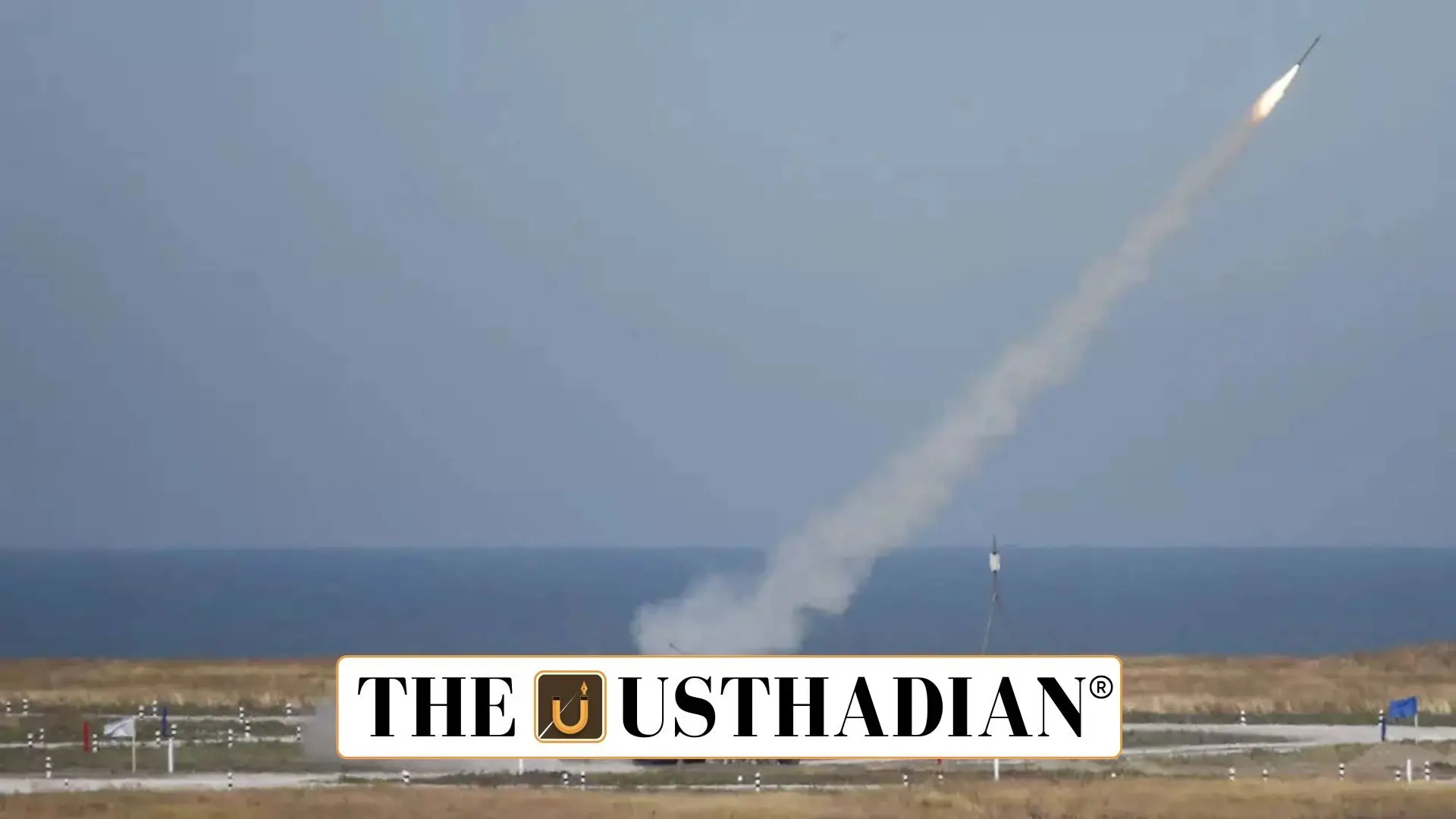Boost to Tactical Readiness
Igla-S Missiles: Strengthening India’s Air Defence Shield: India’s recent acquisition of Igla-S missiles from Russia marks a strategic upgrade to its Very Short Range Air Defence Systems (VSHORADS). These portable, shoulder-fired weapons are engineered to neutralise low-flying aircraft, helicopters, and drones, making them ideal for forward area defence. The procurement, worth ₹260 crore, was fast-tracked following heightened threats along India’s western border, where increased drone activity has been observed post recent terror attacks.
Features of Igla-S
The Igla-S system operates on infrared homing technology, allowing it to track and destroy targets by locking onto their engine heat signatures. Capable of hitting threats up to 6 km away and at altitudes of 3.5 km, it can tackle fast-moving aerial objects with high precision. The latest version boasts resistance to countermeasures, enhancing reliability in combat scenarios. These characteristics make Igla-S one of the most versatile and effective mobile air defence tools in the Indian arsenal.
Response to Drone Warfare
The rise in cross-border drone activity, particularly involving reconnaissance and weaponised UAVs from Pakistan, has compelled the Indian Army to reinforce its air defence. Alongside Igla-S deployment, India has initiated the Integrated Drone Detection and Interdiction System (IDD&IS), which can detect drones from over 8 km and neutralise them using jamming and laser technologies. This is vital in preventing surveillance and potential strikes in border zones.
Advancements in Indigenous Air Defence
In tandem with foreign acquisitions, India is also making strides in indigenous defence technology. The DRDO is currently developing directed energy weapons, including laser-based anti-drone and anti-missile systems, to address emerging threats from UAVs and cruise missiles. The Army is also exploring low-level transportable radars to fill the detection gap left by traditional radar systems, especially for low-altitude threats.
Strategic Implications
The deployment of Igla-S and upcoming indigenous innovations underscores India’s multi-layered defence approach. It signals a decisive move towards modernising air defence infrastructure while maintaining operational readiness against new-age threats like drones. Furthermore, the procurement highlights India’s strategy of quick acquisition combined with long-term self-reliance, laying the groundwork for a resilient and self-sufficient defence ecosystem.
Static GK Snapshot for Exams
Igla-S Missiles: Strengthening India’s Air Defence Shield:
| Topic | Details |
| Missile Name | Igla-S (Russian-origin VSHORADS) |
| Range | Up to 6 km |
| Altitude Engagement | Up to 3.5 km |
| Guidance System | Infrared homing |
| Procurement Cost | ₹260 crore (Emergency contract) |
| Key Threats | Drones, low-flying helicopters, aircraft |
| Indigenous System | DRDO Directed Energy Weapons, IDD&IS |
| Detection System | Integrated Drone Detection & Interdiction System (IDD&IS) |
| Technology Used in IDD&IS | Jamming + Laser targeting |
| Strategic Focus | Modernisation + Self-Reliance in Defence |








